The 2022 election gets official this week as mail ballots go out to every California registered voter by Monday, part of a transformation that has shifted everything about the traditional run-up to Election Day.
Campaign ads are hitting the airwaves in mid-summer. Election officials are bracing for the first batch of ballots next week. And the “October Surprise” that once hung over candidates like a possible pox now is a nebulous gamble that may come too early or too late.
Even scheduling debates before voters cast their ballots has become part of California’s election month calculus.
“It’s a whole month of voting,” said Contra Costa County Deputy County Clerk-Recorder Tommy Gong. “It has definitely changed the way elections are happening.”
In the days when most people voted in person on Election Day – that’s Nov. 8 this year, if you’re keeping track – planning was simple: Campaigns would make a big push in the final days to ensure their pitches were top of mind when voters hit the polls. Now, many voters turn their ballots in during the first week after getting them while a whole other group tends to wait until the last minute.
This year’s all-mail election will be California’s fourth since the state permanently adopted the universal approach during the COVID pandemic with the 2020 presidential election.
Voting by mail is, of course, not so new to many Californians. The state began expanding who could request absentee ballots in 2002. And under the Voters Choice Act, five counties, including Napa and San Mateo in the Bay Area, began mailing every voter a ballot in 2018. Though the state expanded voting by mail, in-person voting options are still offered.
Gong, who helps organize the Coalition of Bay Area Election Officials, said clear patterns have emerged since the state began mailing all registered voters ballots.
“What we’d typically see is shortly after they receive ballots, we get a glut of ballots back from early voters, so we see kind of a bump, but then it typically drops off for a week or two weeks and it’s unpredictable when the rest come in,” Gong said. Things pick up again the weekend before the election and then there is a surge of voters turning in ballots in person on Election Day.
What might influence voters to hold on to that ballot until the last minute?
“There’s a whole mix of things that can go on in people’s heads,” said Paul Mitchell, vice president of Political Data Inc., which analyzes voting trends for progressive campaigns, labor unions and advocacy groups. “A complex ballot, they hold on to for longer. For a primary election, they hold on to the ballot because they want to see who is going to be a real viable candidate at the end, so they don’t ‘waste’ their vote. Or they get it in their heads that the voting system is rigged, and they can’t trust mail-in ballots, so they only go to the polls on Election Day.”
Mitchell said the statewide turn to mail voting has had less impact in the Bay Area, where mailing ballots has been popular for a long time, than in places like Los Angeles.
“But now that we have switched,” Mitchell said, “we have many more people voting earlier.”
Allowing voters an entire month to turn in ballots puts a strain on campaigns as they try to spread their sometimes limited funds over the entire period, Gong said.
“Campaigns have to get their mailers out quicker, or increase TV advertising so it hits at the same time ballots arrive in mailboxes,” he said. “It extends the campaign period. They have to spend more money over a month of voting versus a weekend of voting.”
This year, California’s biggest ballot measure campaigns – Propositions 26 and 27, competing initiatives to legalize gambling on sports – pumped a record $400 million into the races, and started bombarding the airwaves and social media with ads as early as July. Campaigns traditionally saved their biggest ad blitzes for the last couple of months before an election, though some would start early to take advantage of lower rates.
Despite the barrage, polls show the measures heading for decisive defeat. SportsHandle.com reported late last month that the online sports gambling interests backing Proposition 27 are pivoting to a “direct-to-consumer approach.”
The monthlong voting is also playing into the strategy for when candidates agree to debate. Gov. Gavin Newsom, who polls indicate will cruise to an easy re-election over his little-known Republican challenger, state Sen. Brian Dahle, has agreed to his opponent’s request for a debate – but not until Oct. 23, almost two weeks after ballots go out.
Mitchell said that by then, “I expect about half of the people who will vote in this election will have returned their ballots. So, the impact of that debate won’t be great.”
There has long been a partisan divide in who votes early and late, Mitchell said. Traditionally, the absentee voters were conservative – military personnel, older people often with disabilities limiting their ability to reach polling places, and jet-setting wealthy travelers. But Democrats have been pushing to expand mail voting because it has been shown to increase turnout, which has historically been less reliable with their voters.
In the 2020 election, Democrats urged voting by mail as a COVID-19 precaution, while then-President Donald Trump criticized mail voting as an opening for election fraud. During that election, Mitchell said, Democrats made a point of voting early while Republicans held out to vote in person. Those trends have continued to an extent, moderating the traditional “blue shift” from last-minute ballots.
One casualty of these shifting voting patterns may be the venerable last-minute campaign bombshell revelation dubbed the “October Surprise,” Mitchell said. It was effective because the targeted candidate or campaign would be put on the defensive and have little time to respond before voters hit the polls. But now, such a strategy carries more risk.
“The impact of an October surprise is lessened because it comes either at the very end of the month when everyone has already voted,” Mitchell said, “or early where impact is lessened over time.”
How to vote in the Nov. 8 Election
©2022 MediaNews Group, Inc. Visit at mercurynews.com. Distributed by Tribune Content Agency, LLC.
—-
This content is published through a licensing agreement with Acquire Media using its NewsEdge technology.



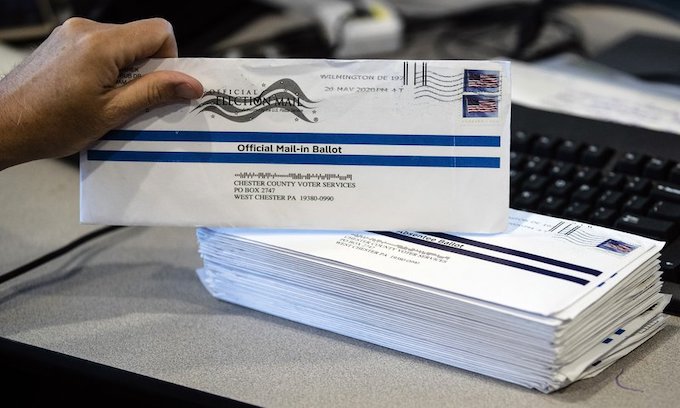
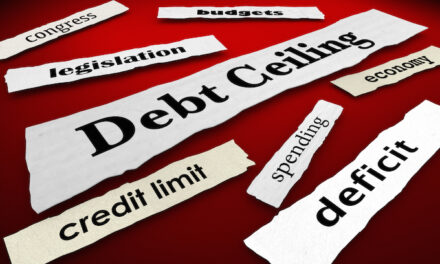
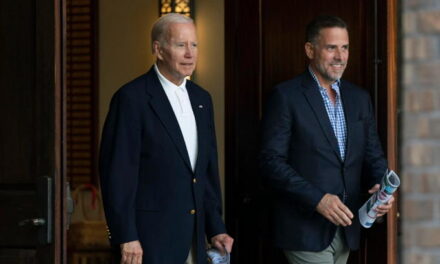
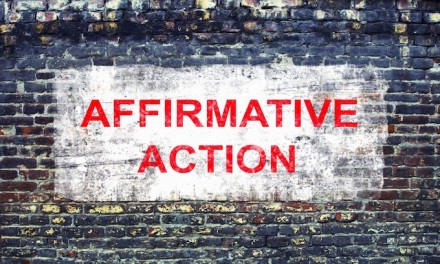
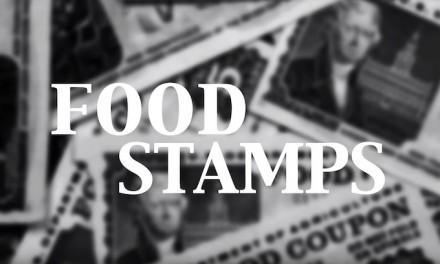











California mail-in ballots is the vehicle now used to keep the Democrats in power in perpetuity. Mail-in balloting would never have been approved by our founders who understood’;
If men were angels, no government would be necessary. If angels were to govern men, neither external nor internal controls on government would be necessary. In framing a government which is to be administered by men over men, the great difficulty lies in this: you must first enable the government to control the governed; and in the next place oblige it to control itself. A dependence on the people is, no doubt, the primary control on the government; but experience has taught mankind the necessity of auxiliary precautions.
James Madison
There are no Angels within the ranks of the “Mail-in Vote” crowd. It is an opportunity for illegal mischief awaiting another happening, which the now embolden socialist will not let go to waste. If after the next election the socially failing Democrats sweep the California offices, then the newly Republican majority U.S.Congress must investigate this canary in the coal mine example of each and every mail-in vote for fraud if it takes 4 more years to figure it out, with stiff fines and jail time for corrupting our most sacred right of one man one vote, not several useful idiots voting as the party leader instructs, indoctrinates and machine manipulates by the millions.
THIS IS why i have long said, WE NEED as a nation, to vote NO ON MAIL IN VOTING.. Every state its pushed, seems to always stay blue..
and i also wonder, WHY IF THEY ARE SENT OUT AND received so early, IT TAKES SO darn long, to COUNT them??
Requested absentee voter ballots are entirely different and more secure than blanket mail in voter ballots.
Mail in voter ballots are mailed to EVERY registered voter at their registered address, regardless whether they are alive or still live at the address.
Plus anyone can use the ballot and just sign the name that was on the envelope.
I know people who live alone and received two or three mail in voter ballots.
How secure is this???
AND Since NO ID is needed to GET those mail in ballots, AND NO CHECK IS DONE To
A) See if anyone still lives there
B) IS IT EVEN A PROPER residence
C) IS The one living there even REGISTERED
D) IS The one living there EVEN ELIGIBLE LEGALLY to vote
NOW IS MAIL IN voting, ever seen as secure…
It worked before with one receiving over more votes than total people alive so it wii work again. Why do you think all illegfal invaders are welcomed so they can vote and keep their power.
Exactly. SOME States have had a good 600 THOUSAND NEW Illegals show up.. JUST THINK HOW MANY TIMES a vote went one way or the other by a few mere THOUSAND votes.. Add to that the # of liberal towns/cities, that DO NOT CARE IF AN ILLEGAL invader voted or not, and tell me, HOW IS THEIR PRESENCE< NOT INFLUENCING OUR ELECTIONS?!?!!